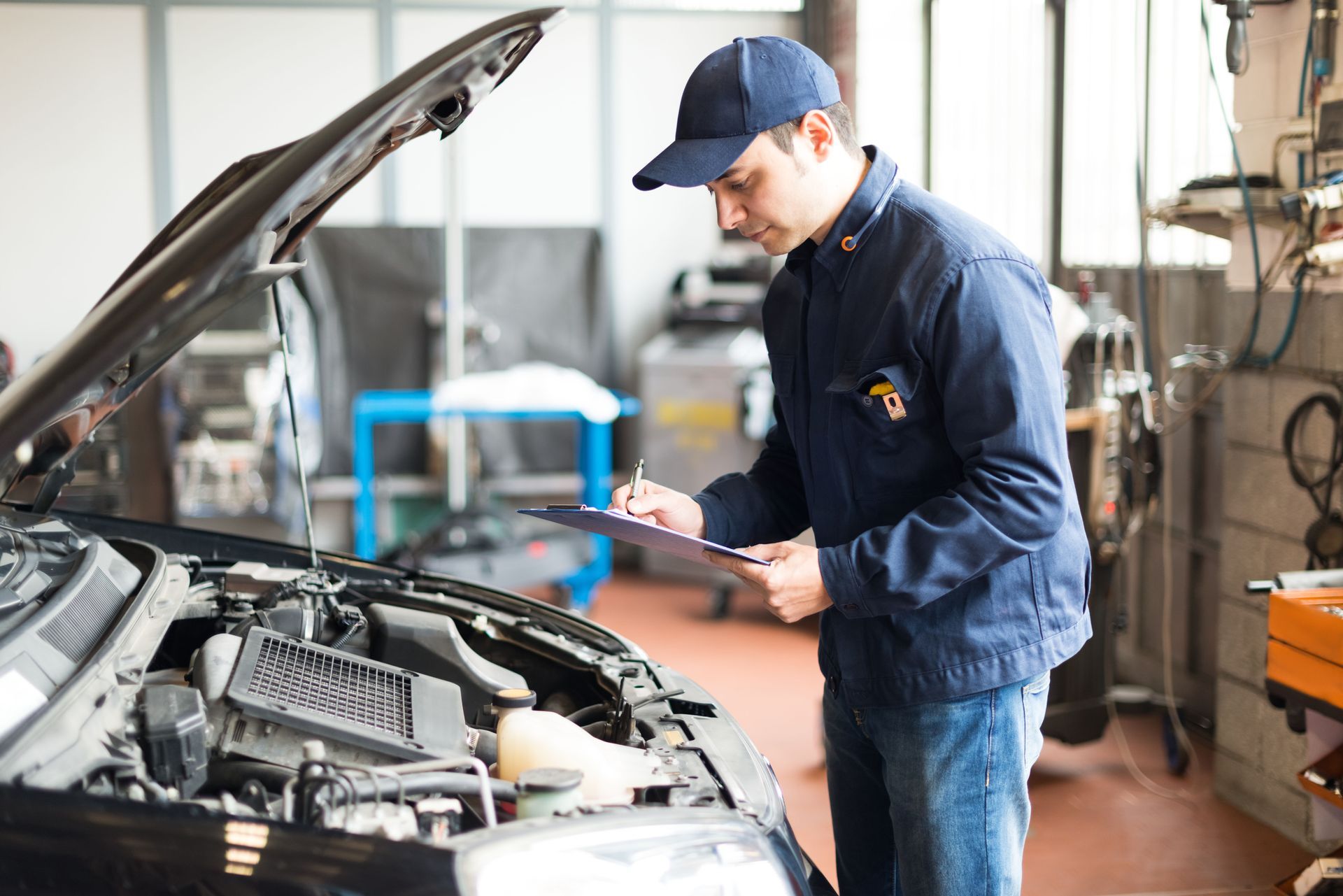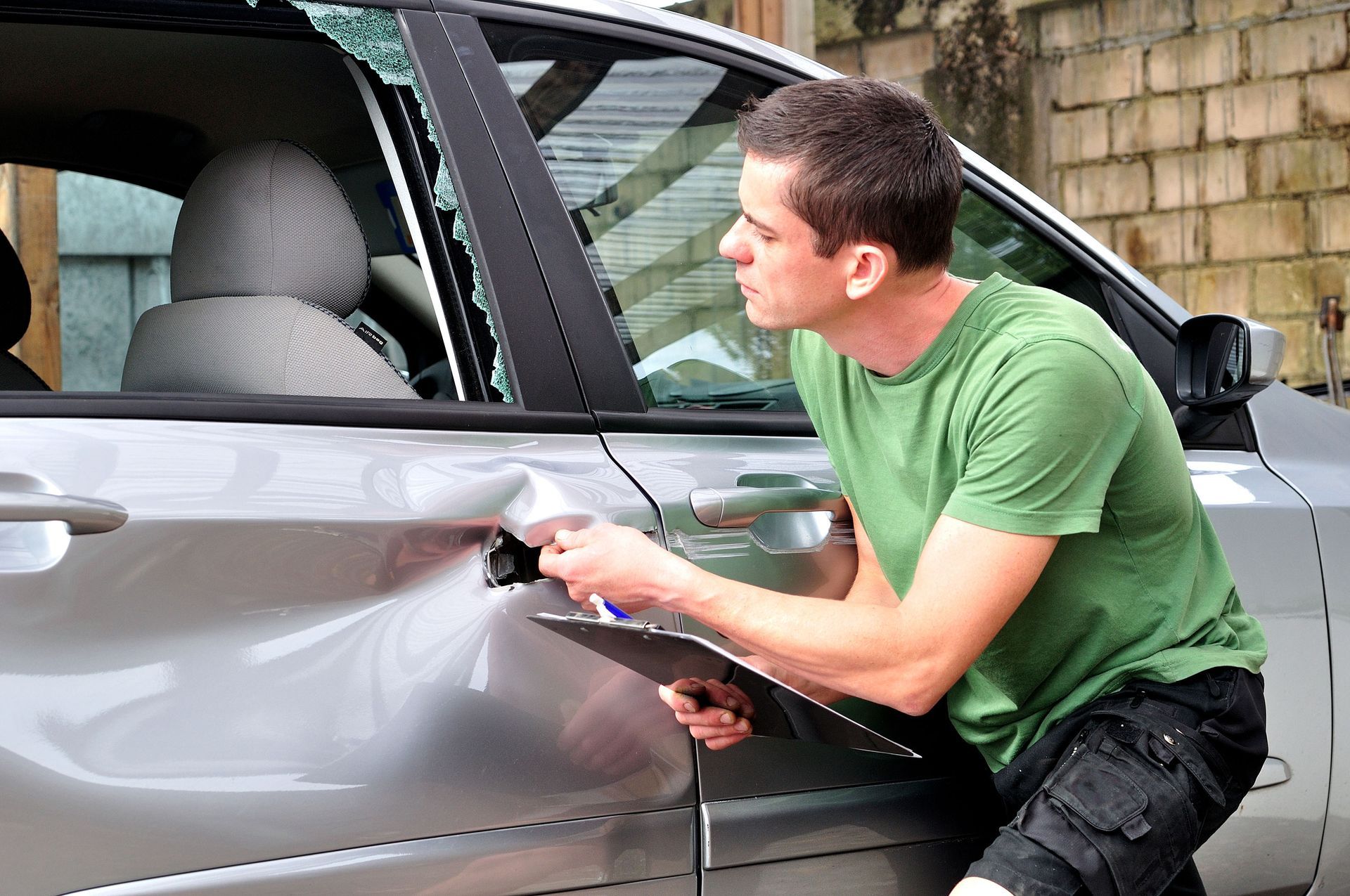Your Complete Guide to Auto Body Repair
Auto body repair is an essential aspect of vehicle maintenance and restoration, playing a critical role in both safety and aesthetics. From minor dents to major collision repairs, understanding the process can save time, money, and protect your investment. Modern vehicles are increasingly complex, making it vital to know when a repair requires professional expertise. According to IBISWorld, consistent protective measures can significantly increase the lifespan of vehicle repairs, emphasizing the importance of proper maintenance. By understanding the techniques, tools, and preventative measures involved, vehicle owners can avoid costly mistakes, maintain their vehicle’s value, and ensure that safety is never compromised. This comprehensive guide provides detailed insight into common damages, repair techniques, essential tools, maintenance strategies, and tips for choosing a qualified auto body repair service.
Understanding Auto Body Damage
Auto body damage can arise from multiple sources, and knowing the type of damage is the first step toward effective repair. Collisions, whether minor fender benders or major accidents, are the most common cause of body damage, often affecting not only the exterior panels but also the underlying structure. Environmental factors such as hail, storms, prolonged UV exposure, and even acid rain can deteriorate paint and protective coatings over time. Everyday wear, including scratches from road debris or tight parking spaces, accumulates gradually but can significantly reduce the aesthetic appeal of a vehicle.
Repairs range from minor cosmetic fixes to extensive structural restorations. Small dents and scratches may be manageable at home with proper tools and guidance. Larger issues, such as bent frames or damaged panels, require professional intervention to restore safety and functionality. Understanding the scope of damage helps determine whether a DIY approach is feasible or if a certified auto body repair shop is necessary. Taking preventative measures, such as protective coatings or parking in shaded areas, can also reduce the likelihood of costly repairs, preserving both appearance and vehicle value.
Estimating Costs
Estimating repair costs involves evaluating the severity of the damage, labor requirements, and the parts needed. Labor rates vary by region, and repairs involving luxury or custom parts can increase expenses significantly. Additionally, the choice between OEM (original equipment manufacturer) parts and aftermarket alternatives affects the total cost. Vehicle owners should obtain multiple quotes from reputable repair shops to gain a realistic understanding of expenses and avoid surprises.
Vehicle owners often weigh DIY repairs against professional services. DIY solutions can be cost-effective for minor issues like small dents, scratches, or paint chips. Many repair kits provide step-by-step guidance, making minor fixes achievable without advanced training. However, complex repairs—such as frame realignment, panel replacement, or structural welding—require specialized equipment and expertise. Attempting these at home can result in further damage or even safety hazards. Professional auto body repair ensures quality results, access to advanced tools, and adherence to industry standards, making it the safer and more reliable option for major damage.
Identifying Essential Tools and Workspace Setup
A successful repair process starts with the right tools and a well-organized workspace. Basic hand tools such as screwdrivers, wrenches, pliers, dent pullers, and sandpaper are indispensable for minor repairs. For slightly larger jobs, body filler spreaders, hammers, and dollies can help reshape metal panels and restore the vehicle’s contour. Power tools such as electric sanders, cordless drills, spray guns, and polishers improve efficiency and produce professional-quality results. Advanced equipment used by professional technicians includes frame straightening machines, precision welding tools, computerized paint matching systems, and diagnostic equipment for identifying hidden damage.
Equally important is safety gear, including gloves, safety glasses, and dust masks. A well-lit, organized workspace allows for better precision and reduces the risk of accidents. Adequate room for maneuvering around the vehicle, stable surfaces for smaller parts, and easy access to tools make the repair process more efficient. Whether performing minor DIY fixes or professional-level work, a clean and organized environment is essential for producing high-quality results and preventing injuries.
Following Through With Repairs
Repairing different types of damage requires specific techniques tailored to the severity and location of the issue. Minor dents can often be corrected using plunger tools or dent pullers, followed by filling, sanding, priming, and painting to achieve a seamless finish. Cracked or broken panels require careful assessment, cleaning, and realignment before applying adhesives, fiberglass patches, or replacing sections entirely. Proper sanding and painting restore both durability and appearance.
Scratch and paint chip repairs involve cleaning the affected area, applying touch-up paint in thin layers, and finishing with a clear coat for protection. Damaged bumpers need careful removal, inspection of mounting points, and installation of either a repaired or replacement bumper. Frame alignment after major collisions requires precision equipment to restore structural integrity, and only skilled professionals should perform these tasks due to the complexity involved. Finishing touches, such as paint selection, surface preparation, polishing, and buffing, ensure a uniform, long-lasting appearance. Each repair step contributes to the vehicle’s safety, performance, and visual appeal.
Maintaining Your Vehicle and Preventative Care
Proper maintenance after repairs ensures longevity and reduces the risk of recurring damage. Regular cleaning removes dirt, pollutants, and road grime that can degrade the finish, while routine inspections help detect new dents, chips, or alignment issues before they become serious problems. Understanding warranty coverage and insurance policies is also crucial, as insurance may cover damage from accidents or environmental factors, while some warranties protect against faulty repairs.
Preventive measures include applying protective films, coatings, or waxes to safeguard paintwork, parking in shaded areas or garages to reduce sun exposure, and practicing defensive driving to avoid collisions. Scheduling routine check-ups with professional mechanics helps maintain the integrity of past repairs and identifies potential concerns early. According to IBISWorld, consistent protective measures significantly contribute to the durability of vehicle repairs, reducing the need for additional auto body repair work. Proactive care preserves both the aesthetic and functional value of your vehicle over time.
Choosing the Right Auto Body Repair Service
Selecting a reliable auto body repair service requires careful research and consideration. Look for certified technicians with experience specific to your vehicle type. Verify licenses, certifications, and the use of up-to-date tools and techniques. Ask about warranties, repair timelines, and options for OEM versus aftermarket parts. Transparency in communication and estimates reflects the professionalism of the shop.
Online reviews and testimonials offer first-hand insight into customer satisfaction, highlighting strengths, potential concerns, and service quality. Customer service and support, responsiveness to inquiries, and follow-up procedures are equally important in ensuring a positive repair experience. Choosing a trusted professional guarantees quality workmanship, adherence to safety standards, and confidence that your vehicle is handled with care. A reputable shop ensures repairs are done correctly the first time, saving both money and stress in the long run.
Auto body repair is a critical component of vehicle maintenance, covering everything from minor dents and scratches to major structural restorations. By understanding the types of damage, the tools and techniques involved, and the importance of maintenance, vehicle owners can protect their investment and maintain optimal performance. The U.S. auto mechanics industry continues to grow at 1.4% per year, reflecting increased demand for professional expertise and reliable service. Whether performing minor touch-ups or engaging certified technicians for extensive repairs, mastering the fundamentals of auto body repair ensures safety, quality, and longevity. For expert, reliable service, trust Lloyd's Collision & Paint Center to handle all your auto body repair needs with precision and care.



Share On: